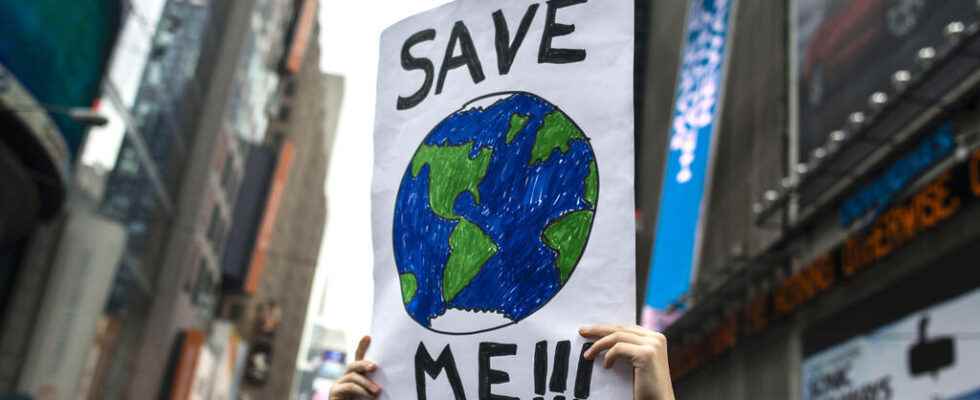Since the beginning of summer 2022, Western Europe has been faced with exceptional weather phenomena: repeated fires, but also floods, as in Corsica on Thursday August 18. These events are linked to climate change, which has sometimes been underestimated. One of the major challenges will be the “vegetation” of cities.
For Robert Vautard, meteorologist and coordinator of one of the chapters of the sixth IPCC report, the climatologists’ models give an overly optimistic view of this disruption: ” It turns out that in Western Europe, the models underestimate the evolution of summer temperatures and particularly hot temperatures. Basically, in France, we observe in summer an increase in temperatures which goes up to, approximately, three degrees since the Fifties, so we have on average three degrees more. During heat waves, we have on average a little more, around four degrees. »
The “renaturation of cities”
” Gold, continues the meteorologist, the climate models, for France and for Western Europe, tell us that temperatures should be, with the increase in greenhouse gases, rather two degrees higher than in the middle of the previous century . It is likely that Europe will be subject to greater global warming than, on the one hand, what was predicted, and greater in absolute terms compared to other regions as well. »
Faced with this disruption, and this is one of the challenges posed to elected officials and urban planners for the years to come: European cities must be greened more. Faced with the very severe drought this year, the French government is going to launch a program of “renaturation of cities” to allow the creation of urban canopies and the revegetation of certain facades. A total of 500 million euros will be allocated to it. The subject was also discussed this week in Angers where the 31st International Horticultural Congress was held.
” Diversity »
Caroline Gutleben is a horticultural engineer, director of Plante et cité, an association that supports municipalities and companies in terms of revegetation and green spaces. She insists on the importance of having not only a lot of plants in the city, but also as many varieties as possible: “ What is needed in fact is to rely on diversity. The diversity of species, and then the diversity within the species themselves, of having plants that are not all clones, that is to say that there is a diversity within the species according to the modes of multiplication, so we must aim for all these types of diversity. »
So, she says, there are communities in Melbourne, or even elsewhere as we heard during the congress, who say to themselves, “we give ourselves rules, no more than 10% of our tree heritage comes from the same family, but also no more than 20% comes from the same genus, and no more than 30% from the same species”. This is to avoid phenomena as we saw in the 60s, 70s and even before, when the main genus that was planted in France was the plane tree, the chestnut tree and the lime tree. So we could have cities in which 80% of the tree heritage was made up of these three types. So tomorrow, if there are phytosanitary issues, a disease, a pest on the plane tree, sometimes 30% of a city’s plant heritage is threatened. »
►Also listen : Climate change: Europe in the face of drought
